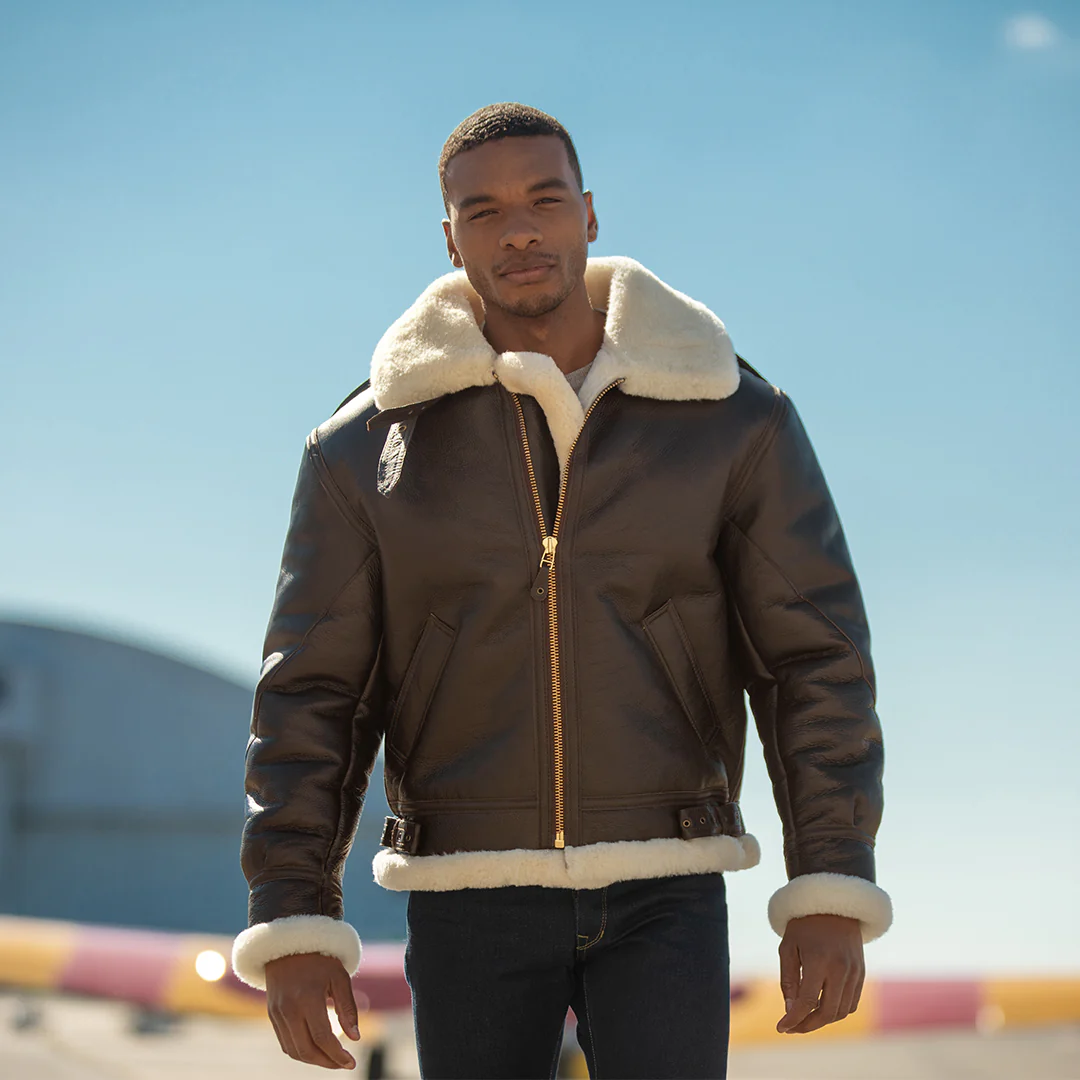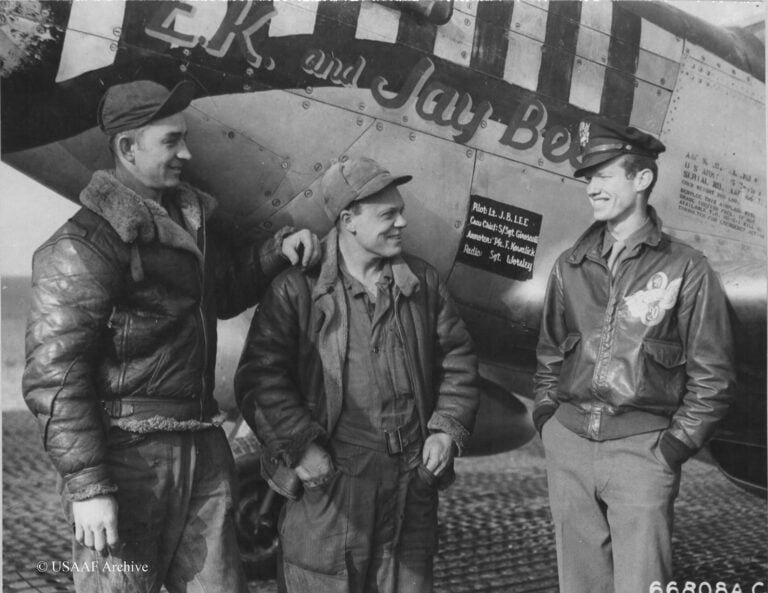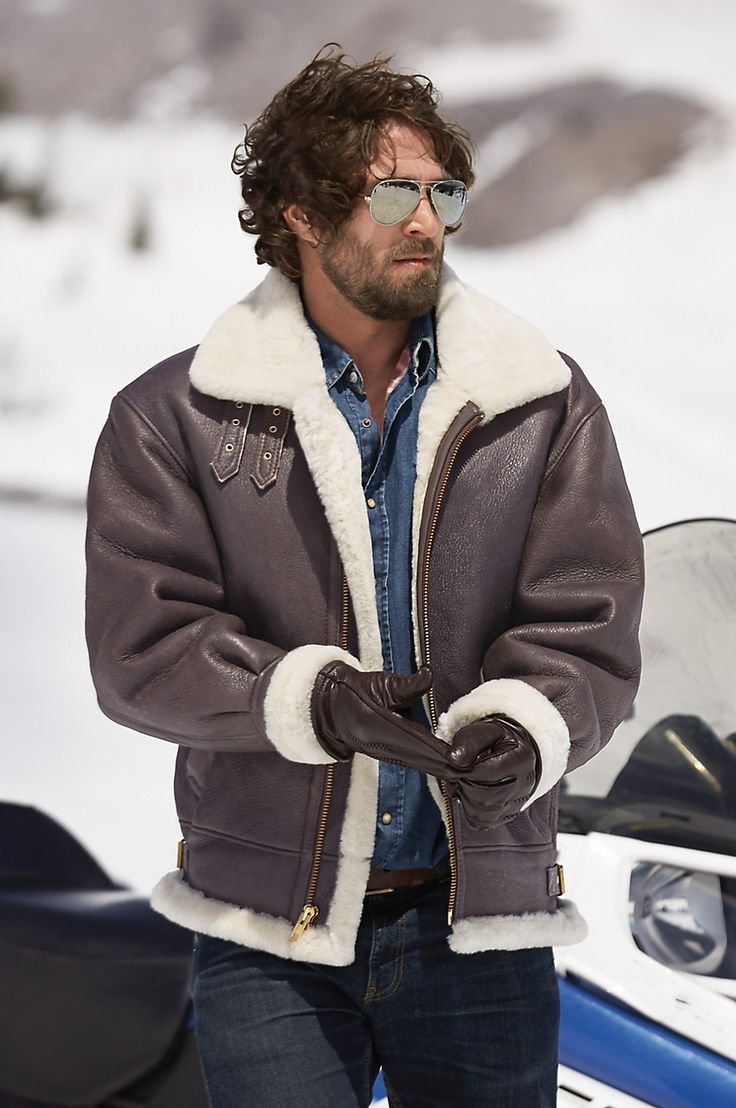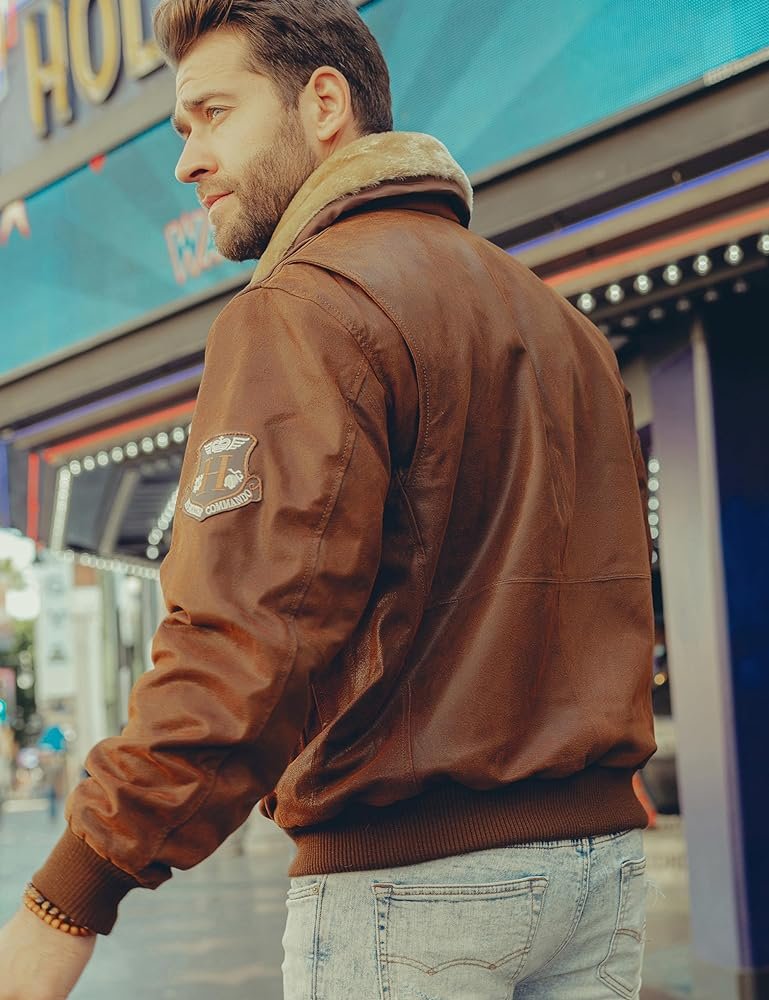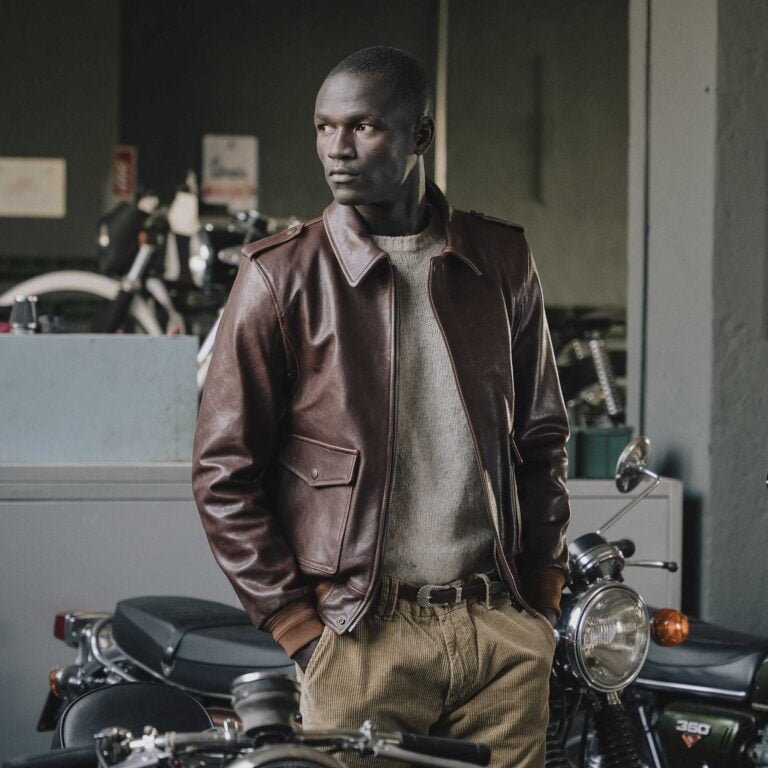The History of the B3 Bomber Jacket: From World War II to Modern Fashion
Origins and Military Significance
The B3 Bomber Jacket, a quintessential piece of military apparel, was originally conceived in 1934 by the U.S. Army Air Corps’ Material Division. This jacket was specifically engineered for high-altitude bombing missions during World War II, where temperatures could plummet to dangerously low levels. The necessity for a durable and warm jacket emerged from the extreme cold experienced by bomber crews operating in unpressurized cabins at altitudes exceeding 20,000 feet.
The design of the B3 Bomber Jacket was a response to these harsh conditions. It featured a heavy-duty sheepskin exterior and a shearling lining, which provided exceptional insulation. The sheepskin’s durability ensured that the jacket could withstand the rigors of combat and the shearling lining offered unparalleled warmth, which was critical for maintaining the crew’s operational effectiveness in frigid environments. The jacket’s robust construction also included leather straps and buckles for a secure fit, further enhancing its functionality.
Adopted widely by bomber pilots and crews, the B3 Bomber Jacket quickly became an indispensable piece of military gear. It was not merely a garment but a vital component of the aircrew’s survival kit. Notable missions that saw the B3 in action include the infamous Doolittle Raid and countless strategic bombing operations over Europe.
Throughout its service during World War II, the B3 Bomber Jacket underwent several evolutions in design to better meet the needs of the military. Modifications included the addition of more robust materials and design tweaks to improve comfort and functionality. Despite these changes, the core attributes of the B3—its warmth, durability, and reliability—remained steadfast, ensuring its legacy as a critical asset to the U.S. Army Air Force.
Transition to Civilian Fashion and Modern Influence
Following World War II, the B3 Bomber Jacket transitioned from a military staple to a fashion icon. The abundance of surplus military jackets made them readily available to the civilian market, where they quickly gained popularity. Figures like Marlon Brando and James Dean helped cement the B3 Bomber Jackets status as a symbol of rebellious youth and rugged masculinity. Their portrayals in classic films resonated with audiences, propelling the jacket into the realm of casual and streetwear fashion.
As the B3 Bomber Jacket became a civilian favorite, designers began to adapt its original military design to better suit modern tastes. While the original B3 featured heavy-duty sheepskin and leather to withstand harsh flight conditions, contemporary versions often use lighter fabrics and synthetic alternatives. These modifications not only made the jacket more accessible but also allowed for a broader range of styles and uses.
In recent years, the B3 Bomber Jacket has experienced a resurgence in the fashion world, with high-end designers and brands including it in their collections. The juxtaposition of its historical significance and modern aesthetics has made it a versatile piece that appeals to a wide audience. The jacket’s enduring appeal lies in its ability to blend the past with the present, maintaining its rugged charm while adapting to contemporary fashion trends. Its association with both military heritage and timeless style continues to make the B3 Bomber Jacket a symbol of rugged masculinity and lasting elegance.

